
Dr. David Doorey is a Professor of Labor and Employment Law at York University in Toronto.
This is part two of a two-part series. See part one here.
In part one, I introduced the “Canada problem” in North American professional sports collective bargaining, which relates to the disconnect between the transnational structure of bargaining the parties devised and the domestic construct of labor laws. The NLRA does not govern labor relations in Canada, but that has not stopped sports leagues and player associations from acting as if it does, most of the time. This voluntary, presumptive application of foreign labor law to Canadian employment relationships functions without serious problems, provided the parties, and sometimes Canadian labor tribunals, are prepared to read down Canadian labor law to avoid upsetting the model. However, tensions lie just beneath the surface, threatening to erupt into legal controversies at any moment.
Consider attempts by professional sports unions to rely upon Canadian labor laws to challenge lockouts and sometimes the use, or threatened use, of replacement (“scab”) players. I explained in part one that the Ontario Labour Relations Board had little difficulty grasping that Ontario labor laws apply to work performed in Ontario. Since then, professional sports leagues and players’ unions have taken steps to comply with Ontario labor laws as part of the bargaining process. However, other Canadian labor tribunals have struggled mightily to avoid enforcing Canadian labor laws in order to protect the transnational status quo. Although no Canadian labor tribunal has expressly accepted the argument, routinely advanced by the sports leagues, that parties can simply waive Canadian labor law in favor of transnational application of the NLRA, some provincial labor boards have nevertheless behaved as if the NLRA supersedes Canadian law. They have achieved this legal sleight of hand by exercising the broad discretion granted them in labor law statutes to do nothing if they decide the “labour relations” context warrants non-intervention.
I noted in part one the 2012 decision of the Alberta Labour Relations Board (ALRB) declining to intervene in a lockout imposed by the NHL on players employed by the Calgary Flames and Edmonton Oilers. The ALRB was concerned that declaring the lockout illegal in Alberta would disrupt the voluntary model the parties had developed based on the presumptive application of the NLRA. However, the ALRB was also confronted in that case with a more fundamental problem: the NHL (with the two Alberta teams) and the NHLPA agreed the NHLPA had never been certified or voluntarily recognized in Alberta. This admission is significant, because it means essentially that the players on the Alberta-based teams are non-union as far as Alberta labor law is concerned. The NHL argued that this being the case, the labor relations legislation governing unionized workers was irrelevant, a seemingly valid point.
However, the full implications of that point are left unexplored. For example, if players on Alberta-based NHL teams are non-union, then what is the legal status of a lockout? In plain language, a lockout involves employers refusing to permit workers to report to work and to pay salaries required by the employment contract (Standard Player Agreement) between the team and the player. Such actions by a non-union employer would normally amount to fundamental breach of the employment contract under Canadian employment law. Does this mean that Oilers and Flames players could sue the teams in court for breach of the Standard Player Agreement and recover unpaid salary for the duration of the lockout? If not, what legal theory prevents them from doing so? Is an agreement between multiple teams and the NHL to deny salary to dozens of non-union players in Alberta an unlawful conspiracy? The ALRB does not concern itself with these sorts of complicated legal questions and instead simply declines to get involved, with the result that non-union Alberta employees are treated as if they are unionized pursuant to the NLRA and the lockout is permitted to continue for several more months before the parties reached a new collective agreement.
We see similar legal ambiguity in a decision of the British Columbia Labour Relations Board (BCLRB) arising from the 2004-05 NHL lockout that resulted in an canceled season. BC labor law requires that unions be “local”, with the result that the transnational NHLPA is not recognized as a union in that province. Therefore, legally speaking, players employed by the Vancouver Canucks are also non-union. This means, among other things, that the province’s “anti-scab” legislation would not apply to locked out Canucks players. Concerned that the NHL might use replacement players to start the 2005-06 season, the NHLPA established a BC-NHLPA affiliate which then signed up Canucks players and petitioned to be certified in a team-only bargaining unit. Presumably, the NHLPA would then have represented the BC-NHLPA in bargaining in a sort of union association paralleling the league-wide association of teams.
The NHL and Canucks argued in response that certifying a team-only bargaining unit would unduly fragment the transnational voluntary model based on the NLRA. This type of argument, that Canadian labor law must cede to the parties’ choice of historical bargaining structure, was rejected by the OLRB decades earlier. However, this time the BCLRB sided with the employers, dismissing the petition on the basis that a Canucks-only unit was “inappropriate.” The curious result was that Canucks players were neither fish nor fowl: they were not considered to be unionized under BC law, but nor were they permitted to form a union that would be recognized by BC law. Perhaps recognizing the absurdity of this outcome, the BCLRB clarified that it might be possible for the Canucks players to create a team-only bargaining unit, but only if they give notice to the employers of their intention to do so: “there should have been proper notice of an intent to withdraw from [the transnational bargaining unit] structure.” Therefore, the BCLRB invented an obligation for BC employees to give prior notice of their intention to exercise their Canadian statutory rights and thereby opt out of a voluntary model based upon a presumption of transnational application of the NLRA.
This two-part post examined the peculiar legal nature of transnational sports collective bargaining in North America. It would be possible to develop a truly transnational bargaining structure that recognizes the labor laws of all jurisdictions that host sports’ teams. However, most major sports leagues have taken a different route that simply presumes the NLRA has extra-territorial application in Canada. A curious aspect of this presumptive application of the NLRA to Canadian employees is that it flips on its head the first principle of transitional corporate social responsibility that, at a minimum, business must respect national laws where they operate. An NHL executive once derided attempts by the NHLPA to enforce Canadian labor law as “a joke”, as if no right-minded person would expect Canadian-based sports’ employers to comply with Canadian labor laws.
Yet, as the Ontario example demonstrates, there is nothing magical or even especially onerous about working compliance with multiple labor law regimes into the bargaining structure. The employers simply prefer to operate under the more employer friendly NLRA. That isn’t surprising. What is surprising is that some Canadian labor tribunals have played along, although without ever saying out loud the subversive conclusion that must surely follow from their decisions: that parties are free to contract out of Canadian labor laws when it suits them.


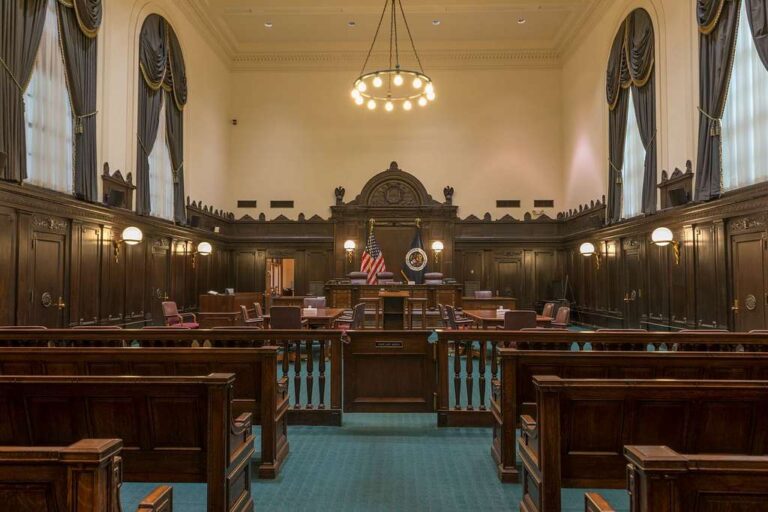

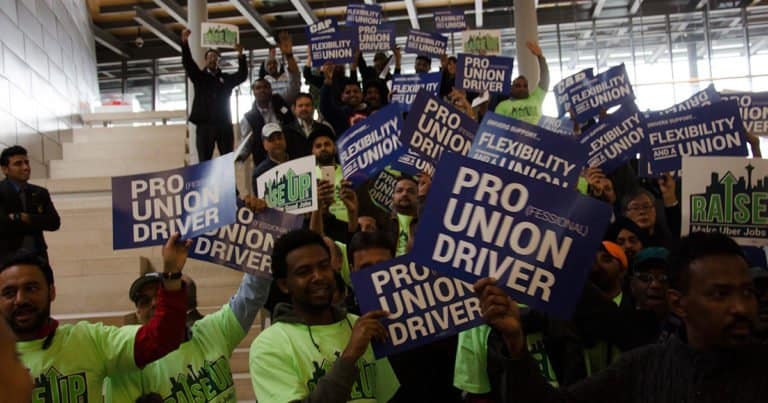

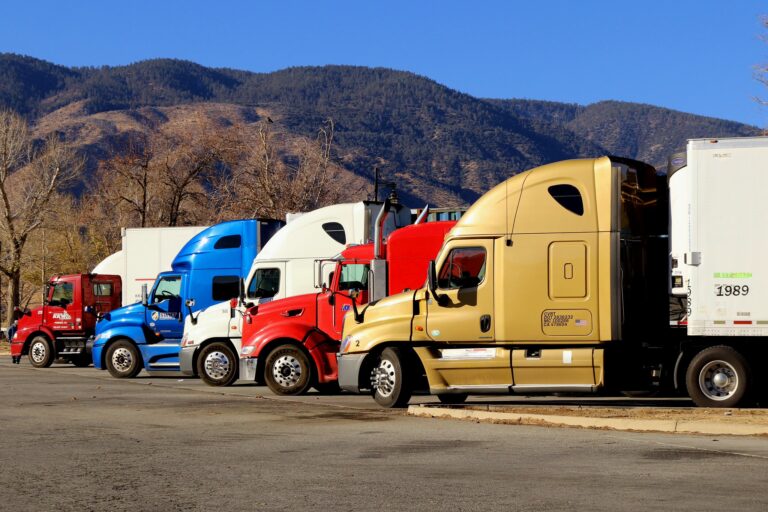
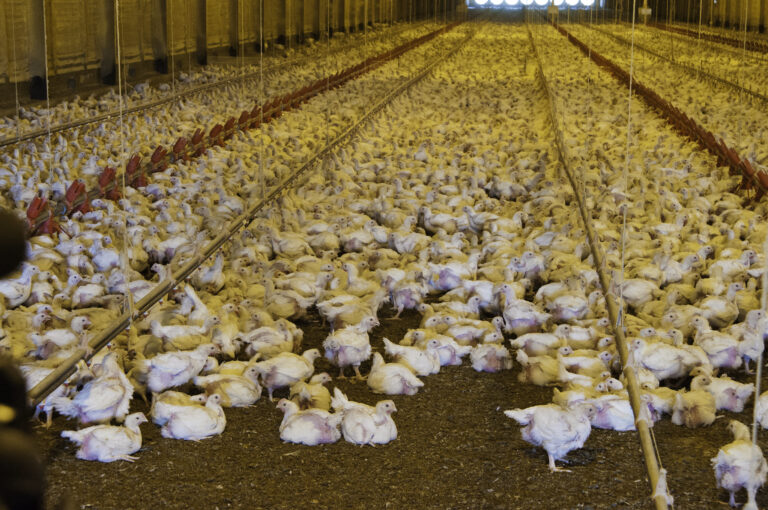
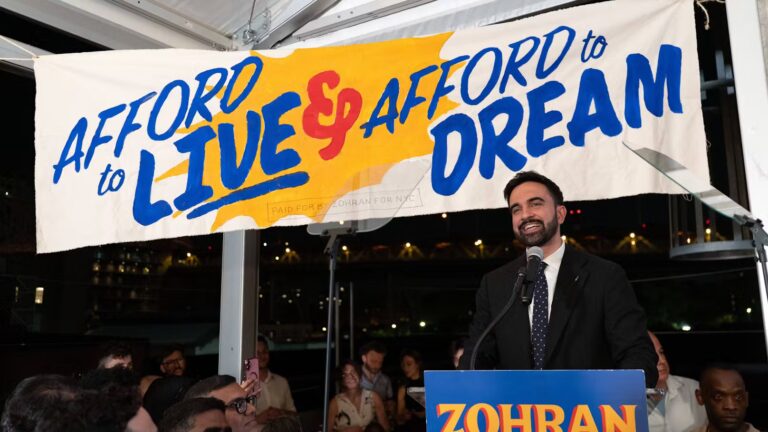
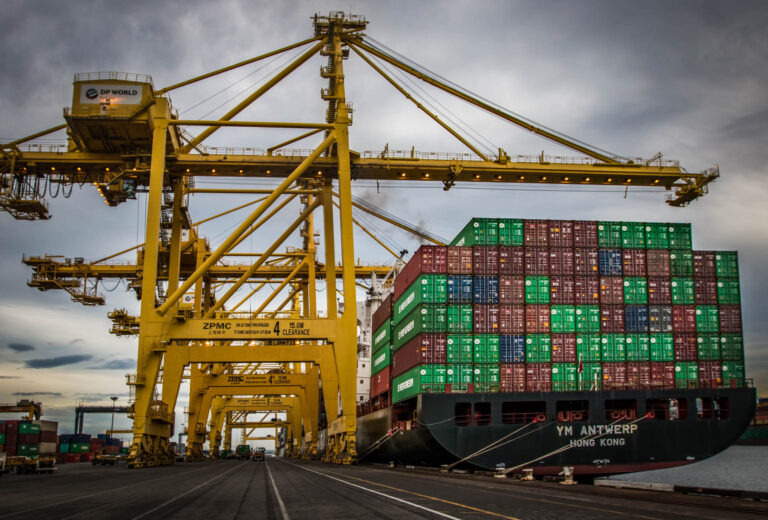
Daily News & Commentary
Start your day with our roundup of the latest labor developments. See all
December 12
OH vetoes bill weakening child labor protections; UT repeals public-sector bargaining ban; SCOTUS takes up case on post-arbitration award jurisdiction
December 11
House forces a vote on the “Protect America’s Workforce Act;” arguments on Trump’s executive order nullifying collective bargaining rights; and Penn State file a petition to form a union.
December 8
Private payrolls fall; NYC Council overrides mayoral veto on pay data; workers sue Starbucks.
December 7
Philadelphia transit workers indicate that a strike is imminent; a federal judge temporarily blocks State Department layoffs; and Virginia lawmakers consider legislation to repeal the state’s “right to work” law.
December 5
Netflix set to acquire Warner Bros., Gen Z men are the most pro-union generation in history, and lawmakers introduce the “No Robot Bosses Act.”
December 4
Unionized journalists win arbitration concerning AI, Starbucks challenges two NLRB rulings in the Fifth Circuit, and Philadelphia transit workers resume contract negotiations.